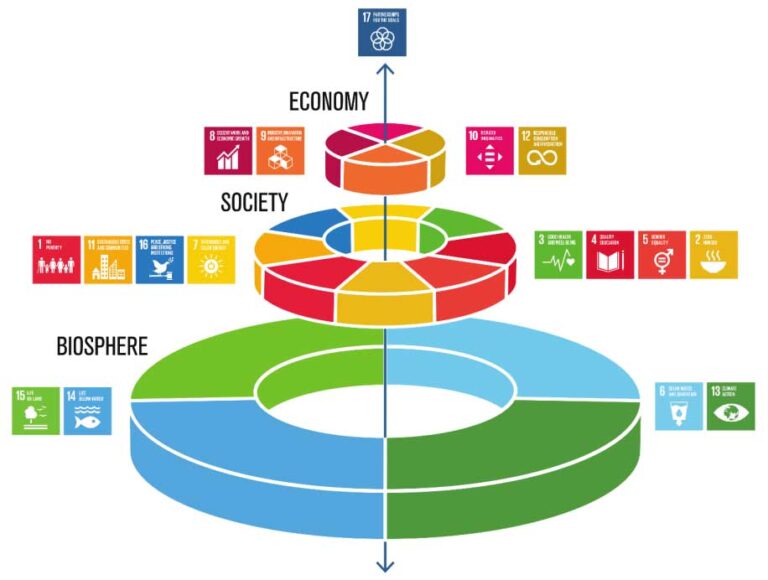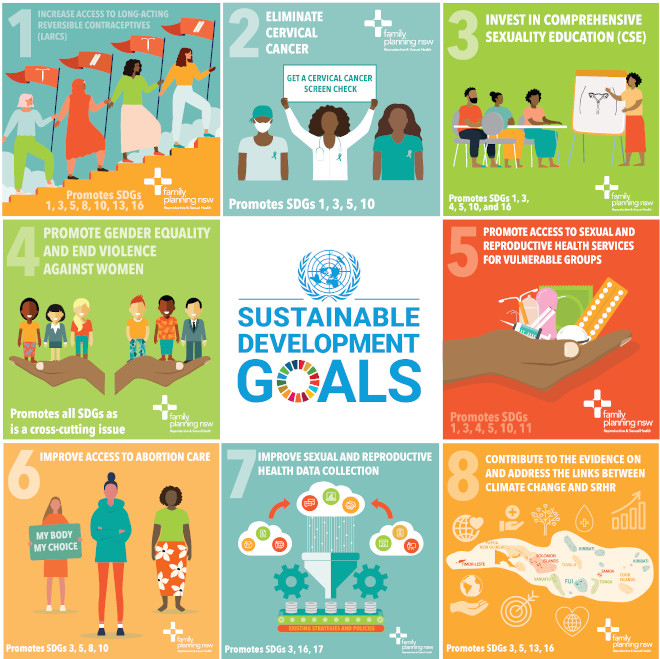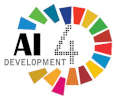AI4Dev(Artificial Intelligence for Development) is designed to build AI Models on issues of global development for building solutions on Health & SBCC, Education & Literacy, Agriculture & rural livelihood, Climate Change & Biodiversity, Sustainable Cities & Settlements and; Migration for sustainable development. The initiative is in alignment with UN Sustainable Development Goals.
Artificial Intelligence (AI) can play a transformative role in solving gaps in the achievement of the Sustainable Development Goals (SDGs) by offering innovative solutions, data-drive insights, and efficient resource management. Below are key ways AI can address SDG gap
SDGs Classification
SDGs Solutions Approach


SDG Solutions Guide using AI
1. Data Collection and Analysis:
>> Problem: Many SDGs suffer from a lack of reliable, real-time data for tracking progress, especially in remote areas.
## AI Solution: AI can automate data collection through satellite imagery, sensors, mobile devices, and other technologies. Machine learning models can analyze vast amounts of data to identify patterns, monitor progress, and predict future trends, helping policymakers make informed decisions.
2. Identifying Inequalities and Gaps:
>> Problem: Disparities in healthcare, education, and financial inclusion often go unnoticed, particularly in underserved communities.
# AI Solution: AI can identify hidden inequalities by analyzing diverse data sets and providing insights into where gaps exist. For example, AI can help highlight areas with limited healthcare access or regions where gender inequality is more prominent, allowing for targeted interventions.
3. Resource Optimization:
>> Problem: Resource allocation is often inefficient, leading to wastage or insufficient supply in critical areas such as food, water, and energy.
# AI Solution: AI can optimize the allocation of resources by predicting demand, reducing waste, and ensuring that resources reach those in need. For instance, AI-driven agricultural tools can improve crop yields, reduce food waste, and ensure food distribution to vulnerable populations,
(SDG 2 – Zero Hunger).
4. Personalized Solutions:
>> Problem: One-size-fits-all approaches to problems like education, healthcare, and poverty reduction often fail to meet the diverse needs of individuals and communities.
# AI Solution:: AI enables personalized solutions that cater to the specific needs of individuals. For example, AI-driven platforms can provide personalized education content based on a student's learning style (SDG 4 – Quality Education), or develop custom healthcare plans based on patient data (SDG 3 – Good Health and Well-being).
5. Climate and Environmental Monitoring:
>> Problem: Effective climate action and environmental protection require real-time monitoring and rapid response to environmental changes.
# AI Solution: AI can analyze satellite imagery and other environmental data to monitor deforestation, track wildlife populations, and predict natural disasters. AI systems can provide early warnings for floods, wildfires, or droughts, allowing for quicker, more targeted responses (SDG 13 – Climate Action; SDG 15 – Life on Land).
6. Improving Governance and Transparency:
>> Problem: Corruption, inefficiency, and lack of transparency in institutions slow progress toward several SDGs, including reducing inequality and ensuring peace and justice.
# AI Solution: AI can analyze government data to detect corruption, inefficiencies, and fraudulent activities, improving transparency. AI-powered systems can assist in making governance more data-driven, transparent, and accountable (SDG 16 – Peace, Justice, and Strong Institutions).
7. Supporting Innovation and Economic Growth:
>> Problem: Many developing countries lack the infrastructure, innovation, and skills to achieve sustained economic growth.
# AI Solution: AI can drive industrial innovation by improving manufacturing processes, reducing costs, and increasing productivity. AI-powered platforms can also identify skills gaps, providing recommendations for training and workforce development to foster inclusive economic growth (SDG 8 – Decent Work and Economic Growth; SDG 9 – Industry, Innovation, and Infrastructure).
8. Enhancing Global Partnerships:
>> Problem Achieving the SDGs requires global collaboration, but gaps in communication and data sharing limit partnerships between governments, private sectors, and civil society.
# AI Solution: AI can facilitate collaboration by improving data sharing, language translation, and cross-border communication. It can also help in creating global platforms for data exchange, fostering partnerships for sustainable development (SDG 17 – Partnerships for the Goals).
9. Predictive Modeling for Policy Development:
>> Problem Policymakers often lack the ability to predict the outcomes of policies, leading to ineffective strategies and missed targets.
# AI Solution: AI can provide predictive models to simulate the impact of various policies on different populations and sectors. By analyzing historical and real-time data, AI can help policymakers design more effective interventions, reducing the risk of unintended consequences (SDG 10 – Reduced Inequalities).
10. Enhancing Financial Inclusion:
>> Problem Many people in developing countries lack access to formal financial services, limiting their economic opportunities.
# AI Solution: AI-powered financial services, such as mobile banking, credit scoring, and microfinance solutions, can provide affordable and accessible financial products to underserved populations. AI can analyze alternative data (e.g., mobile phone usage) to assess creditworthiness, helping people access loans and savings accounts. (SDG 1 -No Poverty; SDG 8 – Decent Work and Economic Growth).
11. Addressing Health Challenges in Low-Resource Settings:
>> Problem: Many regions face severe healthcare shortages, especially in remote or impoverished areas.
AI Solution: AI can bridge healthcare gaps through telemedicine, remote diagnostics, and AI-powered health apps. These solutions enable access to essential medical services even in regions with few healthcare professionals (SDG 3 – Good Health and Well-being).
12. Facilitating Educational Access and Quality:
>> Problem: Many children worldwide lack access to quality education, particularly in conflict-affected or rural areas.
AI Solution: AI-powered educational platforms can provide remote learning opportunities and personalized tutoring, ensuring children in disadvantaged regions can access quality education (SDG 4 – Quality Education).
13. Mitigating the Digital Divide:
>> Problem: Unequal access to digital technologies widens the gap in achieving several SDGs, particularly in rural and underserved areas.
AI Solution: AI can help extend digital services and infrastructure to rural areas through cost-effective technologies like low-bandwidth AI solutions. It can also create localized content to engage diverse populations, ensuring no one is left behind in the digital age (SDG 9 – Industry, Innovation, and Infrastructure).

